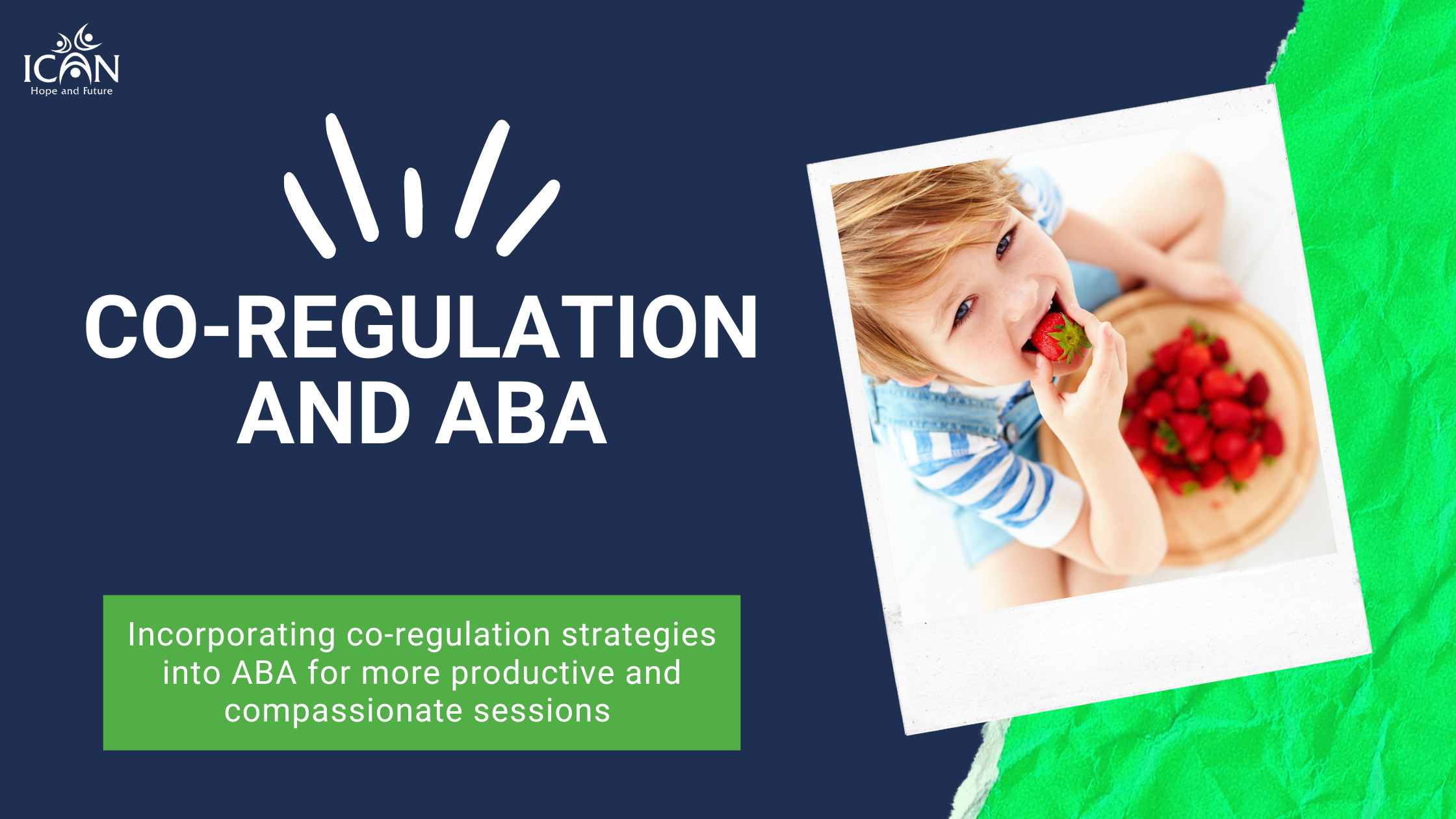
Incorporating co-regulation strategies into treatment plans can significantly enhance the therapeutic experience for children, particularly those with autism. Understanding and implementing these strategies can help foster better self-regulation skills in the patients we work with.
Understanding Self-Regulation and Co-Regulation
Self-regulation refers to an individual's ability to manage their arousal levels, emotions, and behaviors. It is a learned behavior and the ultimate long-term goal of therapy, though it is not typically mastered in childhood. Co-regulation, on the other hand, is a supportive process involving caring and trusting relationships between adults and children, which aids in the development of self-regulation skills.
The Impact of Autism on Self-Regulation
Children with autism may face several challenges that impact their ability to self-regulate, including cognitive rigidity, poor inhibition, difficulty in problem-solving, and sensitivity to change. These challenges can be compounded by biological predispositions and developmental delays, making it crucial for clinicians to adopt tailored strategies that address these specific needs.
C.A.L.M. Approach
This approach emphasizes changing the environment before addressing behavior. Clinicians should:
Check: Evaluate themselves, the child, the environment, and the demands being placed on the child.
Assure: Use warm, reassuring language in a calm voice to provide comfort.
Lead: Model desired behaviors without expecting immediate imitation.
Move Back: Gradually allow the child to take over regulation tasks as they return to a baseline state of calmness and engagement.
Co-Regulation Strategies in Treatment Plans
At ICAN, we are working to put co-regulation strategies into every patient’s Behavior Intervention Plan. Some important components of these protocols include:
· Robust antecedent strategies specific to the child
· Guidelines about changing the session plan if a child has had setting events that may impact their behavior that day
· Specific co-regulation strategies that may be helpful for that child, such as: lowering to their level, offering squeezes, modelling deep breathing, providing access to sensory tools, reducing demands, etc.
· Patient-specific definition of distress
· Criteria for when to switch from behavior intervention protocols to regulation protocols. We always focus on regulation before expectation
Conclusion
By incorporating these strategies into treatment plans, clinicians can help children co-regulate and begin to develop essential self-regulation skills, leading to more successful therapeutic outcomes. Children are not learning when they are in distress, and it is crucial that we are not pushing them through distress. It is crucial to approach each child with a nonjudgmental and compassionate lens, ensuring that therapy is both supportive and effectiv